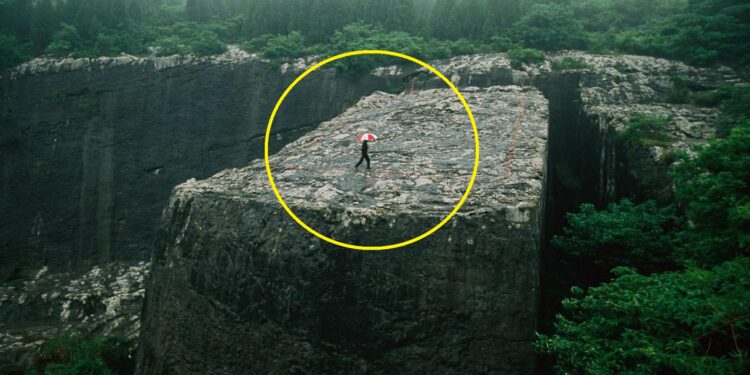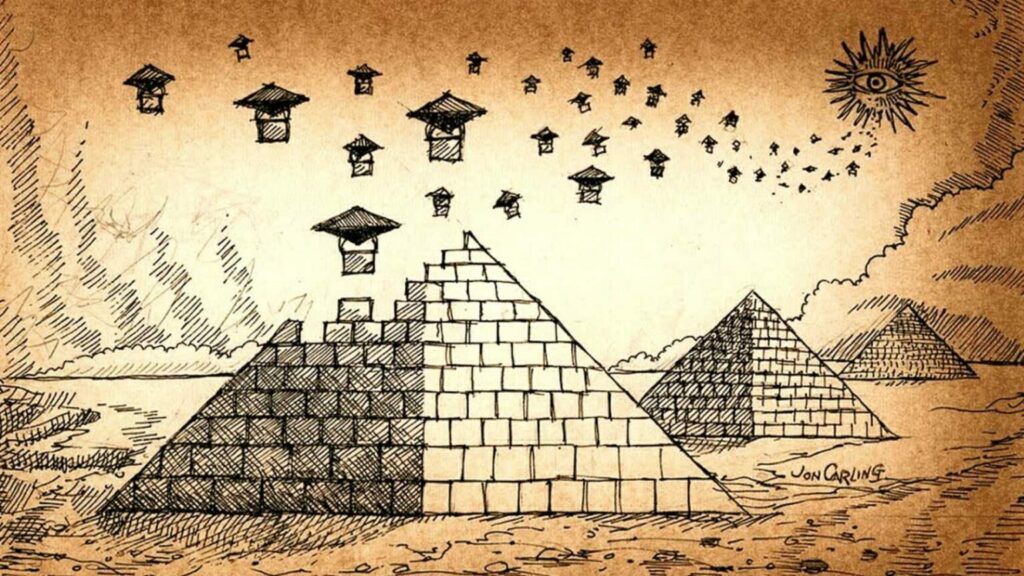There is a vast amount of evidence dispersed all over the world that lends credence to the theory that an ancient civilization of intelligent beings once inhabited our planet, guiding us toward a better future by sharing their wisdom with us and teaching us their ways. However, there are many mysteries surrounding this theory.
For some unknown reason, at roughly the same time, most ancient civilizations suddenly started building megalithic structures. Although various explanations have been developed and elaborately articulated over the previous couple of years, this remains unexplained. The Ancient Astronauts theory suggests that an extraterrestrial civilization from long ago is responsible for this development.
The Yangshan Quarry megaliths
The Yangshan Quarry, on the other hand, is quite different from most other structures because of how mysterious and massive it is. Twenty kilometers to the east of Nanjing, China, on the Yanmen Shan mountain, is where the legendary Yangshan quarry can be discovered.
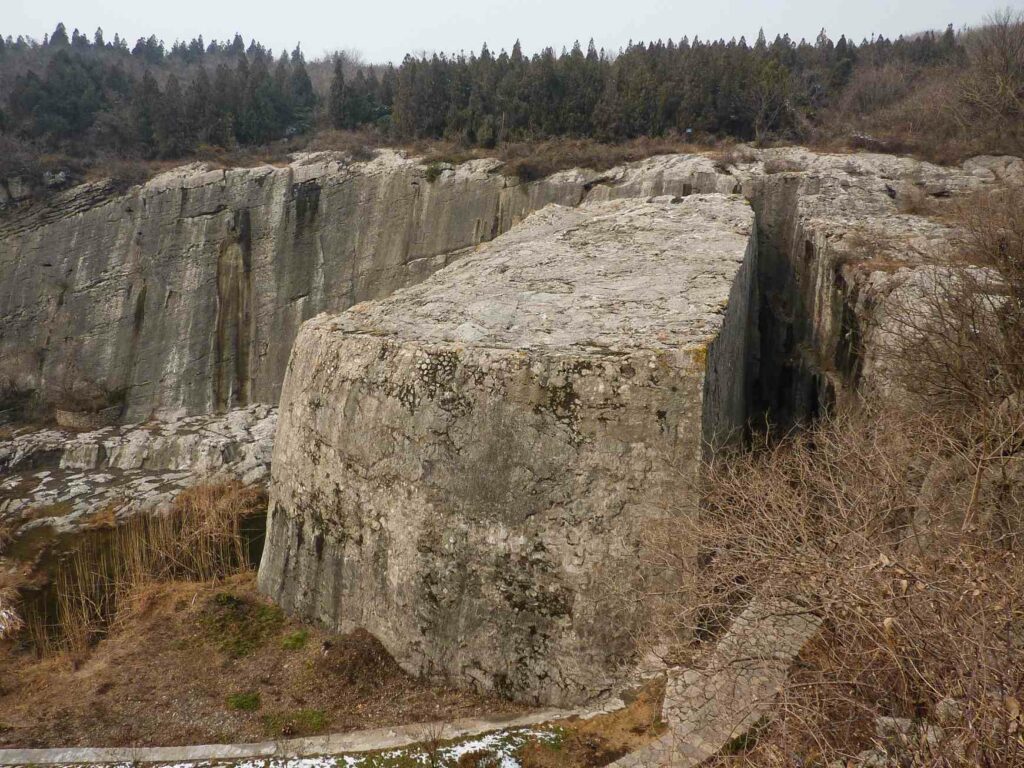
In 1405, the Yongle Emperor, ordered the cutting of a giant stele in this quarry, for use in the Ming Xiaoling Mausoleum of his deceased father.
Three separate pieces were being cut and crafted from the mountainside. After most of the stone-cutting work had been done, the architects realized that the blocks they’d been cutting were far-too big, and moving the stone blocks from the quarry to Ming Xiaoling and installing them there in a proper way, would not be physically possible.
As a direct consequence of this, the project was abandoned, and the three unfinished stele components have been there ever since.
Size of the giant stone blocks
The Stele Base has dimensions of 30.35 meters in length, 13 meters in thickness, and 16 meters in height, and it weighs 16,250 metric tons. The body has dimensions of 49.4 meters in length, 10.7 meters in width, and 4.4 meters in thickness, and it weighs 8,799 tons. The head of the stele measures 10.7 meters in height, 20.3 meters in width, 8.4 meters in thickness, and weighs 6,118 tons.
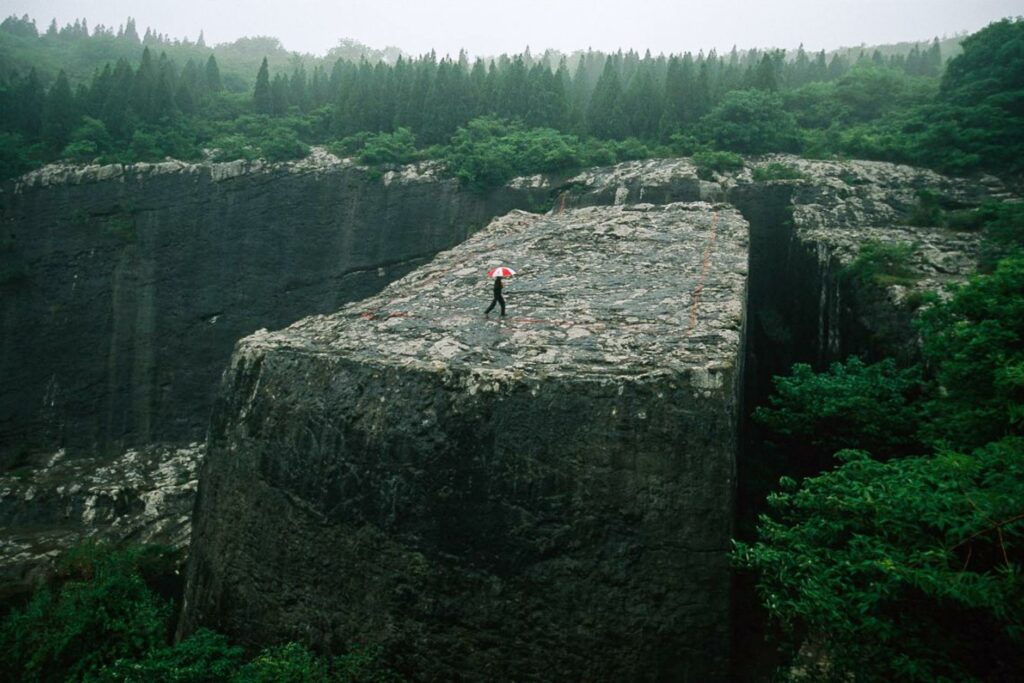
A construction failure?
Several red flags should go up if we assume this account is based on actual historical events: What made the Emperor’s master masons think they could move 31,000-ton blocks 20 km through the mountains?
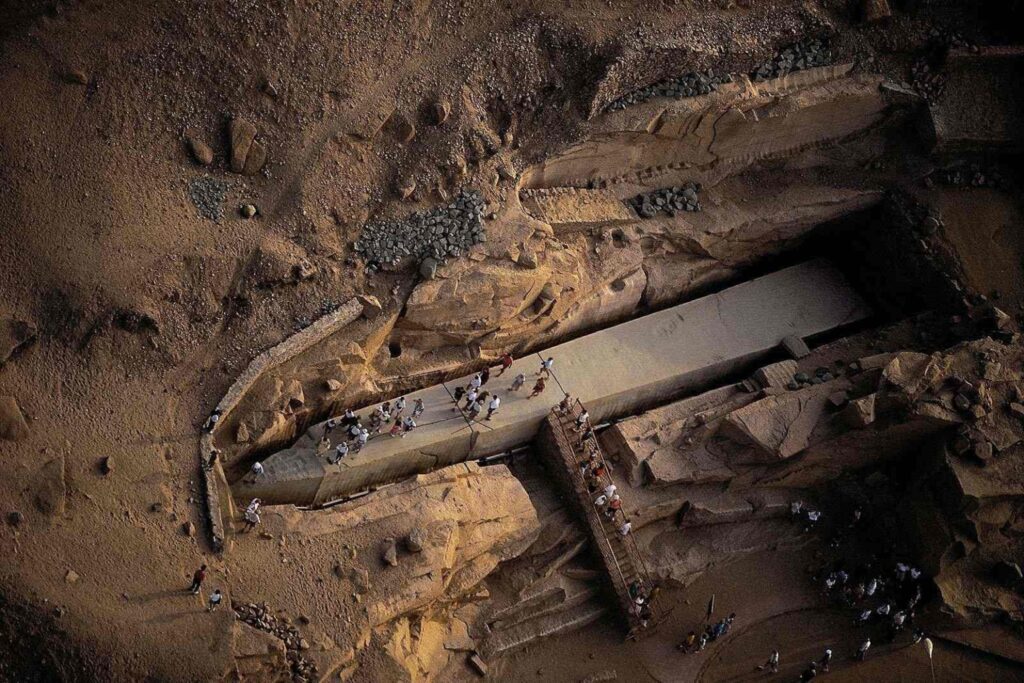
The fact that the cuts are very different in size, shape, and placement shows that they were never meant to be put together or even moved. If they were, they wouldn’t have been cut all at once and in so many different ways.
Incredible amounts of rock were shifted
There appears to have been a significant amount of stone moved at the site, which is one of the most peculiar features of the site. Looking at the areas between the large blocks and the surrounding mountains, it appears that millions of tons of rock have been removed.
Although it is common knowledge that the area was once used as a quarry, this fact alone cannot possibly explain the massive quantities of rock that appear to have been moved.
Furthermore, if the location was used to quarry rock and transport it somewhere, it was done so in a very peculiar method; as if there was a deliberate attempt to leave behind soaring, flat walls, which is not seen at any other ancient quarry.
Unanswered mystery
So, either we assume that someone or something gave them a helping hand, or we believe that they magically figured out the same way that most ancient civilizations figured out in order to move around very heavy objects and use them in constructions, only to lose this knowledge simultaneously and never mention it again in any scroll or anything of this sort.

